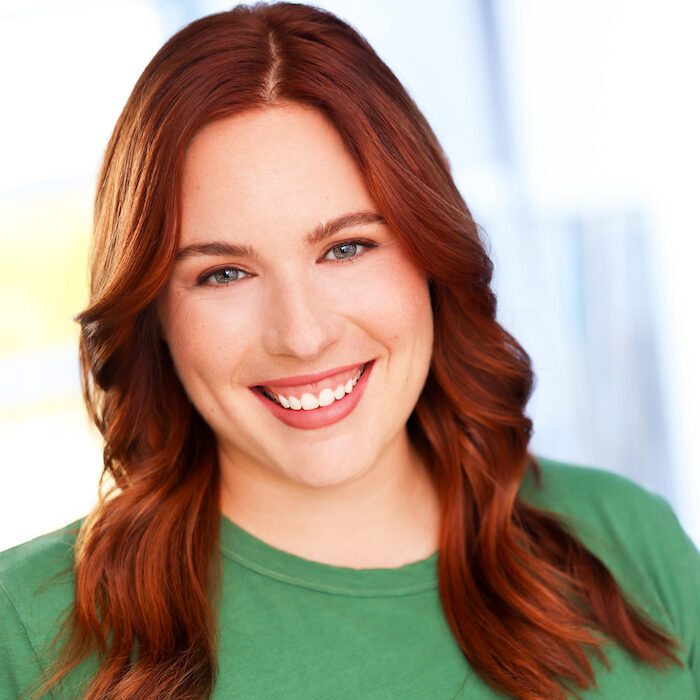At the end of a long day, there’s nothing better than climbing into a snug, cozy bed and getting some rest. Here at Mattress Clarity, we want you to enjoy that luxury every single night. To help you do that, our mattress reviews consider factors that may not even cross your mind—like the responsiveness of your bed, which determines ease of movement.
Ease of movement refers to how easily you can move around on, reposition yourself in, and get out of a bed. Beds with high responsiveness can set the stage for better quality sleep. Let’s take a closer look at how we test for ease of movement and why it’s important.
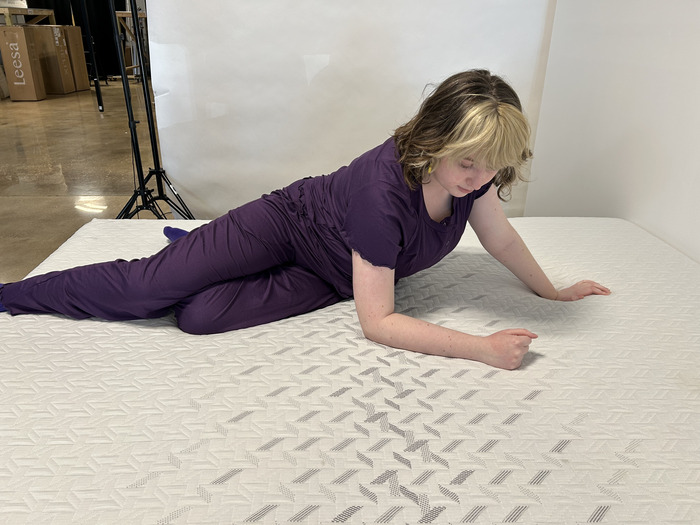
Why Is Mattress Responsiveness Important?
When a bed offers lots of response and ease of movement, you experience less friction and restriction when moving around. This may mean you’re less likely to wake up as you switch positions in the middle of the night.
Ease of movement may be especially important for the following groups of people:
Combination Sleepers
Some people sleep on their backs, while others sleep on their sides or their stomachs. But not everyone sleeps in the same position all night long. Combination sleepers may wake up in the middle of the night if their bodies face too much resistance while turning in bed.
So if you’re a combination sleeper, you may want to prioritize ease of movement when picking out a mattress.
Older Adults
As you get older, uninterrupted nights of sleep may become few and far between. Many older adults wake up more easily because they spend less time in deep sleep. So, a bed with low responsiveness might disturb your sleep more than it would have when you were younger.
You might also find yourself waking up to go to the bathroom more often. This becomes less of a chore if your bed allows you to move around and get up easily.
People With Mobility Issues
Finding a mattress that’s easy to move around on is crucial for people with physical conditions such as back pain, joint pain, or arthritis. It can affect your entire experience—from getting into bed, to adjusting your resting position, to getting out of bed.
How We Test Mattress Responsiveness for Ease of Movement
Ease of movement can be quite subjective. Taller and heavier people may find it more difficult to move around on a mattress, while petite people may think it’s easy. That’s why, when we test mattresses, we get opinions from multiple testers with different body types.
Switch Test
Our first dedicated test for assessing responsiveness is simple: we roll around on the bed! We switch between the three key sleeping positions (side, back, and stomach) and note how easy it is to do so. Are we experiencing a lot of sink and resistance, or is the bed working with us to facilitate movement?
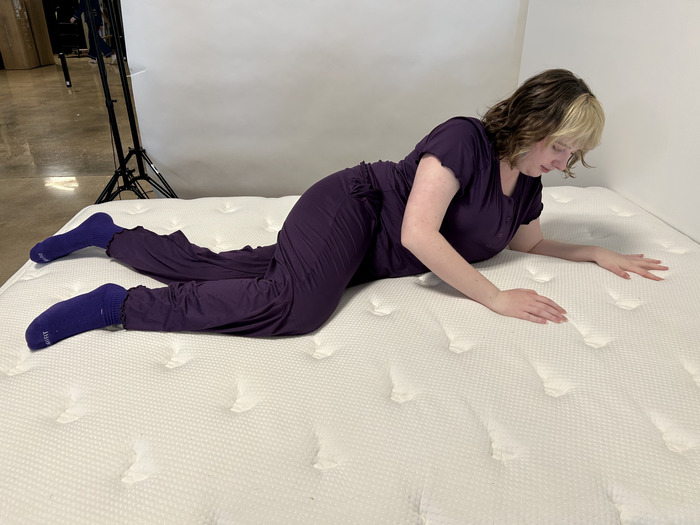
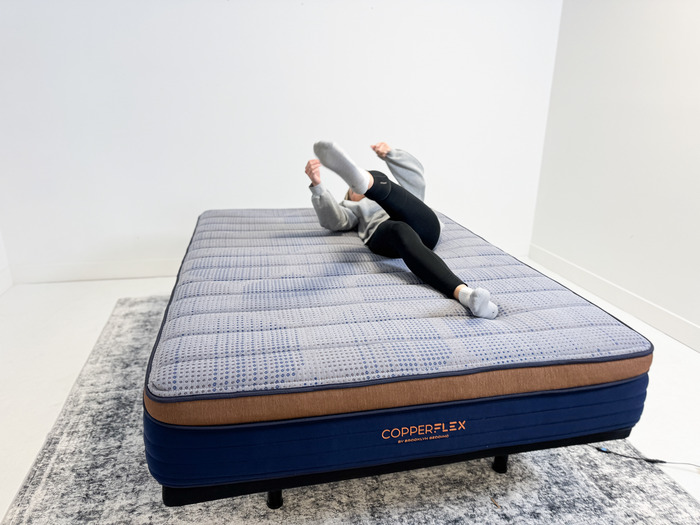
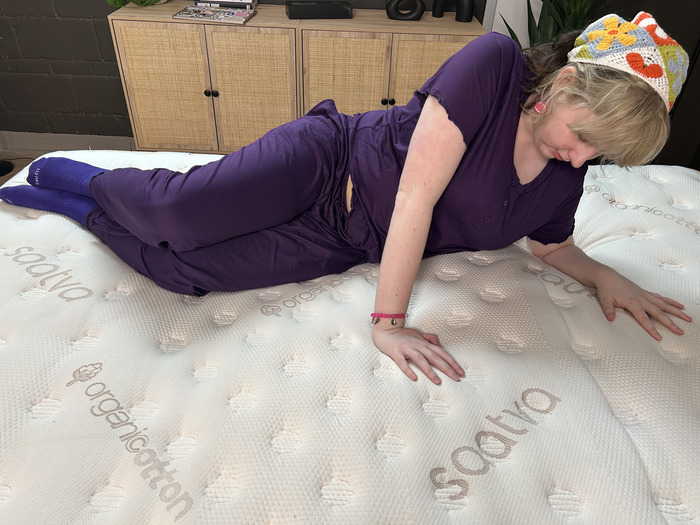
Kettlebell Test
We also test response by setting a 44-pound kettlebell on top of the mattress. When we lift the kettlebell up, we time how long it takes for the surface of the bed to reform to its former flatness. If it’s near-instantaneous, we know the bed is very responsive. If the layers take a while to rise back up, then it may be difficult to move around on that bed.
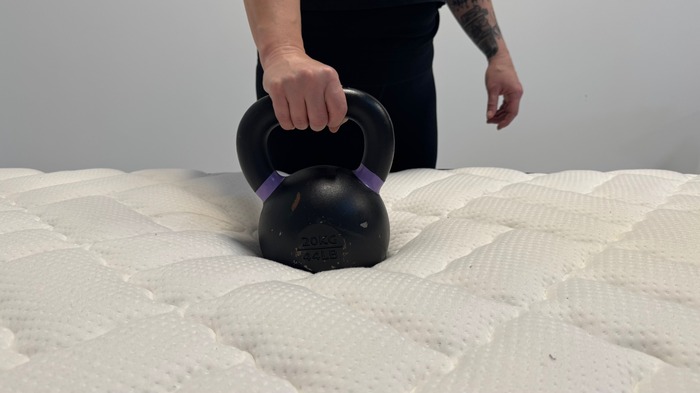
Testers compare notes and share their experiences from both of the above tests. When a tester writes the mattress’s review, they include information based on all available perspectives. We assign each bed a responsiveness score out of 5, with 5 being highly responsive.
How Mattress Materials Affect Ease of Movement
There’s a reason we’ve seen the best ease of movement among latex, hybrid, and innerspring mattresses: The mattress’s materials play a big role in how easily you’ll be able to move around. Let’s take a look at why.
Memory Foam
Memory foam beds can be great for side sleepers. Combination sleepers? Not so much. Memory foam molds to your body and is slow to bounce back to its original shape. So it can be tough to move around on all-foam beds, especially if the foam is dense.
If you really love the feel of memory foam, but don’t want to “sink inside” your mattress, look for something made with responsive foam that quickly bounces back into place after pressure is applied.
Latex Hybrid
Latex is bouncy and responsive. It doesn’t contour to your body as much as memory foam does, so you shouldn’t feel “trapped inside” the mattress. Most people find it pretty easy to move and switch positions on latex mattresses.
The innerspring coils in hybrid beds also make it easy for people to move around. Combine latex with coils, as we see in latex hybrid mattresses, and you get a bed that’s very easy to move around on. Check out some of the best latex mattresses for some good options.
Hybrid
Want a memory foam mattress, but don’t want to feel trapped while moving across the bed? Just look into hybrid mattresses.
Hybrid beds contain coils in their support layer. Not only do these coils make the mattress more supportive; they also make movement easier. In many of these hybrid beds, you’ll find yourself lying “on top” of the bed, rather than “inside” it.
Innerspring
If ease of movement is your top priority, consider putting innerspring mattresses high on your list. These mattresses are full of coils, which offer support and allow the mattress to return to its original shape quickly. This makes innerspring mattresses some of the easiest to move around on. Traditional innerspring beds don’t have much cushion on top, however, so some people find them less comfortable than foam or hybrid mattresses.
FAQs
What kind of mattress do people with mobility issues use?
People with mobility issues should look for mattresses that let them get in and out of bed as easily as possible. Good choices include innerspring mattresses, like Saatva, and latex mattresses, like Awara.
What are the best mattresses for combination sleepers?
Combination sleepers need mattresses that won’t restrict their movement as they sleep. Innerspring and latex mattresses allow you to switch positions easily.

